Endoscopes: Types, Uses, and Disinfection Systems
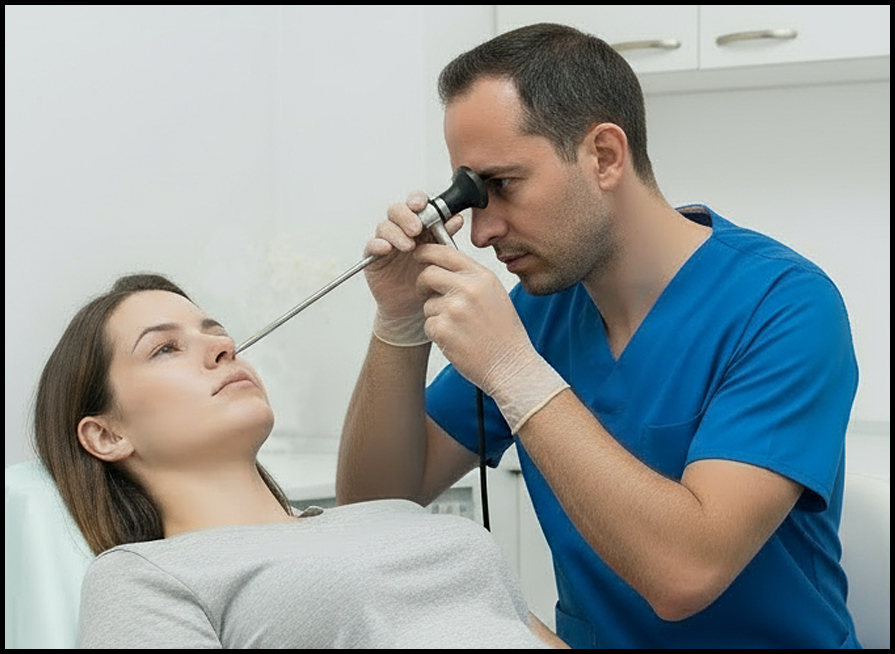
Endoscopes are indispensable in ENT practice, allowing physicians to examine the sinuses, throat, and nasal passages with clarity, precision, and minimal discomfort. Anthony Products offers both rigid and flexible endoscopes, along with the essential accessories to support them, including disinfection systems, fiber-optic cables, and light sources. This article provides an overview of the two types of endoscopes we offer and the accompanying equipment designed for their use.
Types of Endoscopes
1. Rigid Scopes
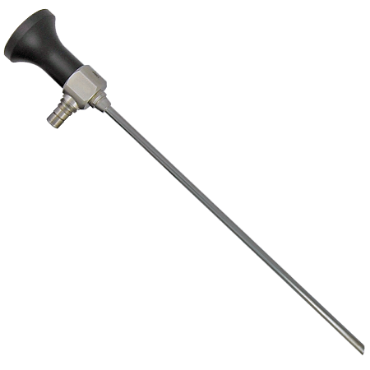
ENT rigid endoscopes are straight, solid instruments used by ear, nose, and throat specialists to examine internal structures such as the nasal passages, sinuses, throat, or larynx. Because they do not bend, rigid endoscopes provide high-resolution optics, durability, and a stable field of view, making them especially useful in diagnostic exams and surgical procedures. However, their inflexibility limits use in areas with tight curves, which is where flexible endoscopes are preferred.
Products Features:
- Viewing Angles: Most rigid scopes feature four viewing angles including 0°, 30°, 45°, and 70°
- Diameters: Rigid endoscope tube diameters available in 4mm or 5mm
- Standard Lightposts Adapters: Our endoscopes include ACMI, WOLF, and STORZ lightposts
- Can be Autoclaved: Unlike flexible endoscopes, rigid endoscopes are made from solid, heat-resistant materials and can typically be autoclaved for sterilization. They are durable and can withstand high temperatures and pressure.
2. Flexible Scopes
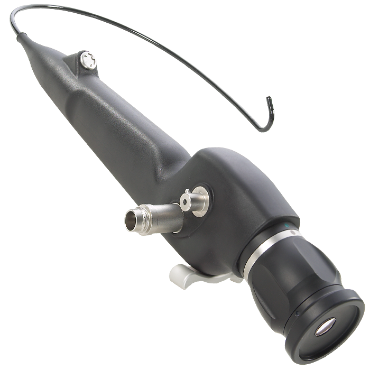
ENT flexible endoscopes are thin, bendable instruments used by ear, nose, and throat specialists to examine areas that are difficult to reach with rigid scopes, such as the curved nasal passages, throat, or larynx. They provide visual access to tight or angled spaces while minimizing patient discomfort.
Products Features:
- Articulation Lever: Insertion tube distel end is controled via an articultion lever
- Diameters: Features smaller diameter insertion tubes compared to rigid scopes
- Standard Lightposts Adapters: Our endoscopes include ACMI, WOLF, and STORZ lightposts
- Cannot be Autoclaved: Flexible endoscopes cannot be autoclaved and must be cleaned by submerging them in a high-level chemical or automated disinfection to avoid damage.
Endoscope Accessories
Fiber-optic Lightsources and Cables
Endoscopes are essentially optical instruments—they capture and transmit images from inside the body. However, the body’s internal areas (like the nasal passages, sinuses, or throat) are dark, so you need illumination to see clearly. Endoscopes do not have a built-in light source and therefore rely on a separate lighting system to illuminate the areas being examined.
Fiber-optic Lightsources
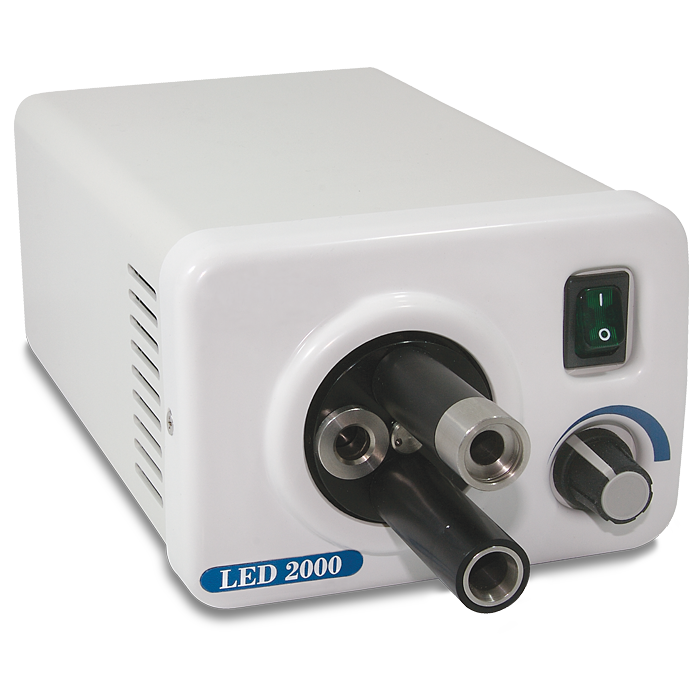
A fiber-optic lightsource is a device that produces bright, focused light for use with endoscopes. The light travels through a fiber-optic cable to the tip of the endoscope, illuminating internal areas like the nasal passages, sinuses, throat, or larynx. This allows physicians to see clearly inside the body, even in dark or hard-to-reach spaces.
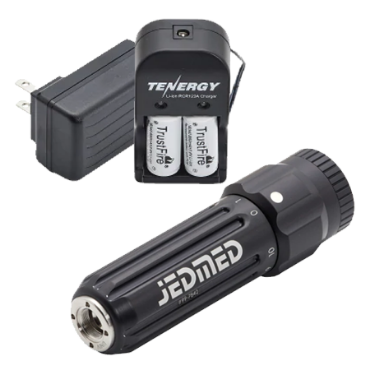
Lightsources can be stationary units that plug into a standard wall outlet and use cables and adapters, or compact, rechargeable devices that connect directly to the endoscope light post, offering cordless convenience.
(NOTE: API is currently out of portable lightsource adapters. We expect to receive a newer version in the near future. Please check back.)
Shop for Fiber-optic Lightsources
Fiber-optic Cables and Adapters

Fiber-optic cables and adapters connect the endoscope to the external lightsource, allowing light to travel from the source to the tip of the scope. The cable transmits bright, consistent illumination, while the adapter ensures a secure, precise connection between the endoscope and lightsource. This setup provides clear, well-lit visualization of the sinuses, throat, nasal passages, or other internal areas during examination or surgery.
Fiber-optic cables are not needed if using a portable lightsource connected to the endoscope.
Endoscope Disinfection
A crucial part of using and maintaining endoscopes is understanding which disinfection process is safe for each type scope. Rigid endoscopes can typically be autoclaved, but they can also be submerged and disinfected using the same methods suitable for flexible scopes. Flexible endoscopes, due to their delicate construction, cannot be autoclaved and must be submerged in a high-level chemical or automated disinfection to avoid damage.
Disinfection Systems
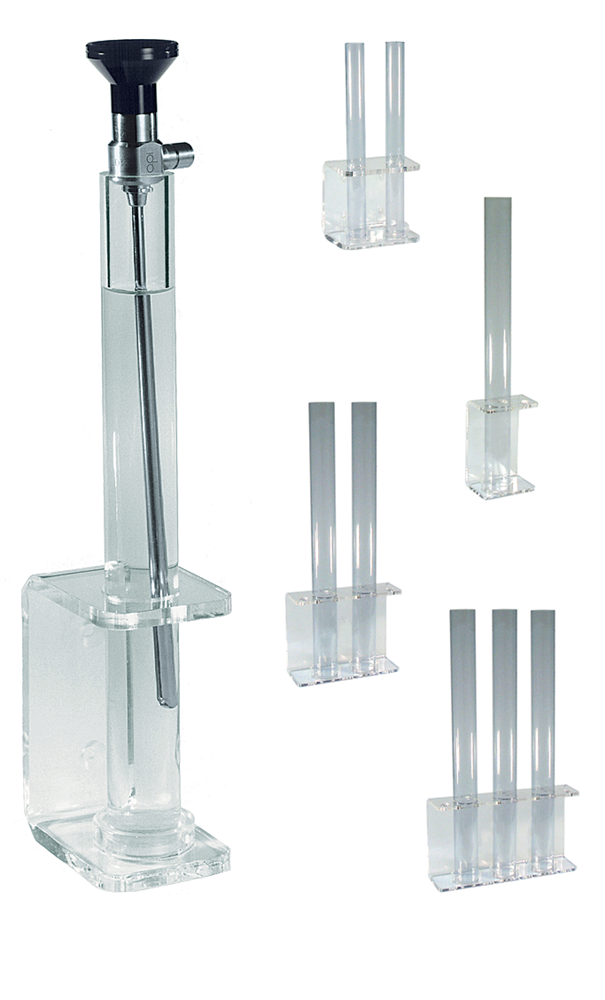
An endoscope disinfection system is a specialized setup designed to clean and disinfect endoscopes safely and efficiently. Flexible endoscopes, which cannot be autoclaved, are treated with high-level chemical disinfectants to eliminate bacteria, viruses, and other pathogens without damaging delicate components. Rigid endoscopes can be autoclaved or disinfected using the same chemical methods. These systems ensure endoscopes are safe for patient use while preserving their longevity and performance.
Anthony Products offers a variety of disinfection system models to meet your facility’s needs, from single to multiple tube setups. We provide smaller tubes for rigid endoscopes and larger tubes for flexible scopes. Choose from pre-made kits with a range of tube sizes, or create a custom ‘build-your-own’ system by selecting the specific components you require.
Shop for Endoscope Disinfection Systems
Broad Spectrum Disinfectant

MetriCide™ OPA Plus is gentle on instruments, provides a broad spectrum of kill, and does not require activation or dilutionsuitable for disinfecting flexible endoscopes. It is a high-level disinfectant formulated with ortho-phthalaldehyde (OPA), designed for reprocessing heat-sensitive semi-critical medical devices, including flexible endoscopes as well as rigid scopes.
Shop for Endoscope Disinfectant
Why Choose Anthony Products?
We offer rigid and flexible scopes with matching disinfection and lighting accessories—everything designed to work seamlessly for your ENT practice.
Supporting Resources
To ensure clinicians and technicians maximize the performance and longevity of the endoscopes:
Determining When to Use a Rigid vs. Flexible Endoscope
- Rigid Endoscopes:
- Best for straight, accessible areas such as the nasal passages, sinuses, and throat.
- Offers high-resolution optics, durability, and ease of cleaning.
- Ideal for surgical procedures or detailed examinations where precision is critical.
- Flexible Endoscopes:
- Designed for curved or hard-to-reach areas like the larynx, deeper nasal passages, or angled throat regions.
- Provide patient comfort during diagnostic exams.
- Require gentle handling and high-level chemical disinfection due to delicate construction.
Wrapping up
ENT endoscopes — both rigid and flexible — enable precise examination and treatment of the ear, nose, and throat. Accessories like fiber-optic cables and lightsources provide clear, well-illuminated exam site, while proper disinfection protects both patients and equipment. Together, scopes, accessories, and disinfection systems ensure safe, efficient, and reliable ENT care.

